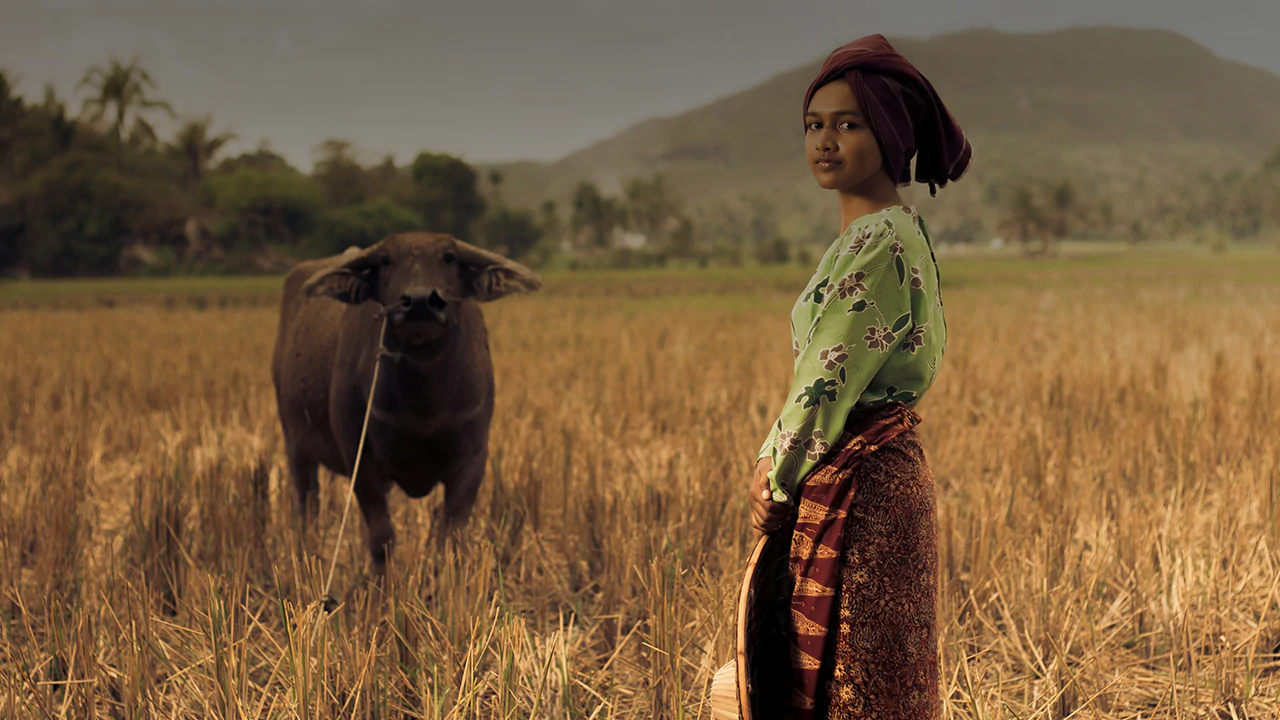
Large language models (LLMs) are now the pulse of modern technology, and the momentum shows no sign of slowing.
When OpenAI launched ChatGPT in early 2022, what began as a conversational AI quickly ignited one of the fiercest rivalries in tech history. Almost overnight, giants like Google, Meta, and Microsoft, along with rising challengers such as Anthropic, raced to develop their own cutting-edge models.
In this ongoing AI arms race, OpenAI has managed to stay in front, not because it dominates every metric, but because it consistently sets the standard for what the field can achieve.
That same pioneering spirit has now carried over into video.
Sora, OpenAI’s bold leap beyond text into full AI-generated motion, became an instant sensation. Upon its debut on iOS, it amassed over a million downloads in less than a week, surpassing even ChatGPT’s explosive early growth. The company likened this milestone to a “GPT-3.5 moment for video,” a turning point signaling a new era for creative AI.
Now, Sora has officially arrived on Android, opening access to users across the U.S., Canada, Japan, South Korea, Taiwan, Thailand, and Vietnam.
The Sora app is now available on Android in:
Canada
Japan
Korea
Taiwan
Thailand
US
Vietnam pic.twitter.com/wmx5KU4VM1— Sora (@soraofficialapp) November 4, 2025
With the launch, OpenAI has effectively flung open the gates to a much larger global audience.
Sora 2 builds upon the original with remarkable realism, physical accuracy, and intuitive control over motion, audio, and environmental dynamics. Through simple text prompts, users can generate short, cinematic videos and share them through a TikTok-like social feed.
Unlike Google with Veo 3 and Veo 3.1, which can generate videos with synchronized audio to stake their claim in the new creative frontier, OpenAI built Sora and Sora 2 around creativity and community.
This is why Sora, with one of the app's most defining feature, Character Cameos, which lets users insert themselves or custom avatars into AI-generated scenes, transforms Sora into a social playground for creativity.
Yet OpenAI’s ambitions reach beyond entertainment.
The company is redefining video as a medium where text, image, sound, and motion blend seamlessly, where creation feels conversational and accessible to anyone.
With Sora and Sora 2, OpenAI is expanding its influence from language to full multimodal generation, weaving AI into the heart of digital storytelling and shared expression.
The company has also launched official social channels, with the handle @soraofficialapp on X (formerly Twitter) and Instagram. Through these accounts, the company can start offering updates, creative highlights, and community features that hint at Sora’s growing identity: not just as a product, but as a platform for the next generation of AI creativity.
Yes, this is the official Sora handle. pic.twitter.com/XYAX1Uhd9Y
— Sora (@soraofficialapp) November 4, 2025
As Sora’s reach grows and its community deepens, the line between creator and audience continues to blur. The platform itself becomes both a canvas and a stage for a living, evolving network of AI-driven creativity.
Still, OpenAI’s path hasn’t been without turbulence.
Concerns over deepfakes, copyright infringement, and likeness misuse forced the company to rethink its policies, like shifting from an opt-out to an opt-in model for rights holders and restricting the creation of certain public figures.
Now, with the Android rollout and continued improvements on the horizon, OpenAI is expanding Sora’s presence beyond the app.
